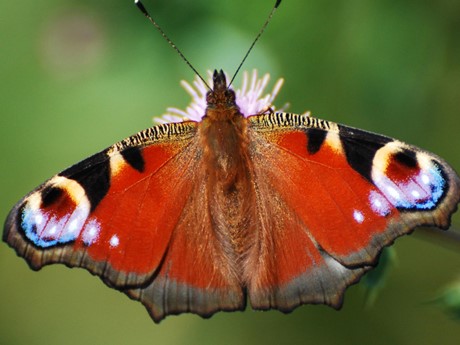Temperate airborne grass pollen defined by spatio-temporal shifts in community composition.
Brennan et al. 2019 Nature Ecology and Evolution, 09/04/2019
An aeroallergen is an airborne substance which triggers an allergic reaction. Grass pollen is the world’s most harmful outdoor aeroallergen, being associated with both asthma and allergic rhinitis (hay fever). Grasses form the Poaceae family, with over 12,000 species worldwide. These range from wheat and other grains, natural grasslands and meadows, your garden lawn and bamboo. Like many other plants, grass species have flowers (these clusters of small flowers are called an ‘inflorescence’). Grasses primarily flower through the summer months in the UK and people show varying sensitivity to the many species.
Scientists used data on the flowering phenology of grass species recorded by Nature’s Calendar citizen scientists. With this they were able to track changes in pollen biodiversity through the year. The results concluded that with grass species flowering at different times, pollen exposure changes substantially across the allergy season and also varies slightly with latitude. Being able to map when and where specific grass pollen is airborne allows scientists to better understand the link with allergies, having potential benefits for the many people who suffer with a reaction to flowering grasses.
Read the full paper here.
